小程序自定义组件_自定义组件
在微信小程序开发中,自定义组件是一种非常强大的功能,它允许开发者创建可重用的UI元素,以简化代码并提高维护性,本文将详细介绍如何创建和使用微信小程序的自定义组件。
1. 创建自定义组件
1.1 目录结构
你需要创建一个自定义组件的目录结构,一个典型的自定义组件目录结构如下:
my-component/ ├── index.js ├── index.json ├── index.wxml ├── index.wxss └── component.json
1.2 编写组件代码
你需要编写组件的代码,以下是一个简单的自定义组件示例:
index.js
Component({
properties: {
text: String
}
}); index.wxml
<view class="container">
<text>{{text}}</text>
</view> index.wxss
.container {
padding: 10px;
background-color: #f5f5f5;
} component.json
{
"component": true
} 1.3 注册组件
在小程序的app.json中注册自定义组件:
{
"usingComponents": {
"my-component": "/path/to/my-component/index"
}
} 2. 使用自定义组件
在页面中引入并使用自定义组件:
page.wxml
<view> <my-component text="Hello, world!"></my-component> </view>
至此,你已经成功创建并使用了一个简单的自定义组件。
3. 属性和事件
3.1 属性(Properties)
你可以通过properties对象来定义自定义组件的属性:
Component({
properties: {
text: String,
color: String
}
}); 然后在组件的模板中使用这些属性:
<view class="container" style="color: {{color}}">
<text>{{text}}</text>
</view> 3.2 事件(Events)
你可以通过events对象来处理自定义组件的事件:
index.js
Component({
properties: {...},
events: {
myevent: function(e) {
console.log(e.detail);
}
}
}); 在组件的模板中触发事件:
<button bindtap="handleTap">Click me</button>
在页面中监听事件:
<my-component text="Click me" bind:myevent="handleComponentEvent"></my-component>
4. 插槽(Slots)
通过插槽,你可以在自定义组件中插入内容:
index.wxml
<view class="container"> <slot></slot> </view>
page.wxml
<view>
<my-component>
<text>Hello, slots!</text>
</my-component>
</view> 相关问题与解答
问题1:如何在自定义组件中使用其他自定义组件?
答:在自定义组件的usingComponents中注册其他自定义组件,然后在组件的模板中使用它们。
{
"usingComponents": {
"another-component": "/path/to/another-component/index"
}
} <view> <another-component prop="value"></another-component> </view>
问题2:如何动态设置自定义组件的属性?
答:你可以通过数据绑定来动态设置自定义组件的属性。
<my-component text="{{dynamicText}}"></my-component> 在页面的JS文件中设置dynamicText的值:
Page({
data: {
dynamicText: 'Hello, dynamic!'
}
}); 以上内容就是解答有关“小程序自定义组件_自定义组件”的详细内容了,我相信这篇文章可以为您解决一些疑惑,有任何问题欢迎留言反馈,谢谢阅读。

 云主机测评网
云主机测评网



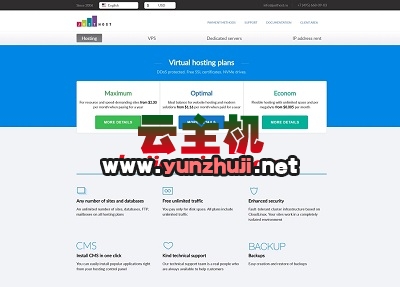
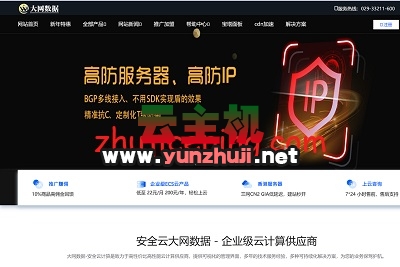





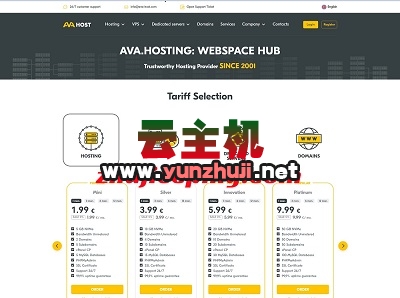
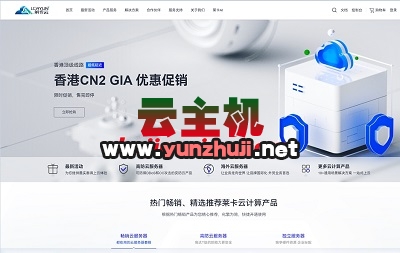
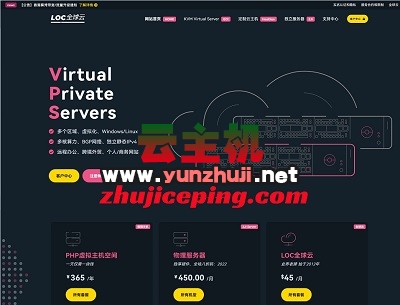
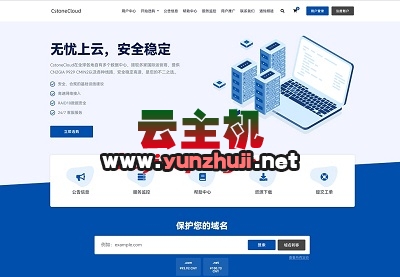

最新评论
本站CDN与莫名CDN同款、亚太CDN、速度还不错,值得推荐。
感谢推荐我们公司产品、有什么活动会第一时间公布!
我在用这类站群服务器、还可以. 用很多年了。